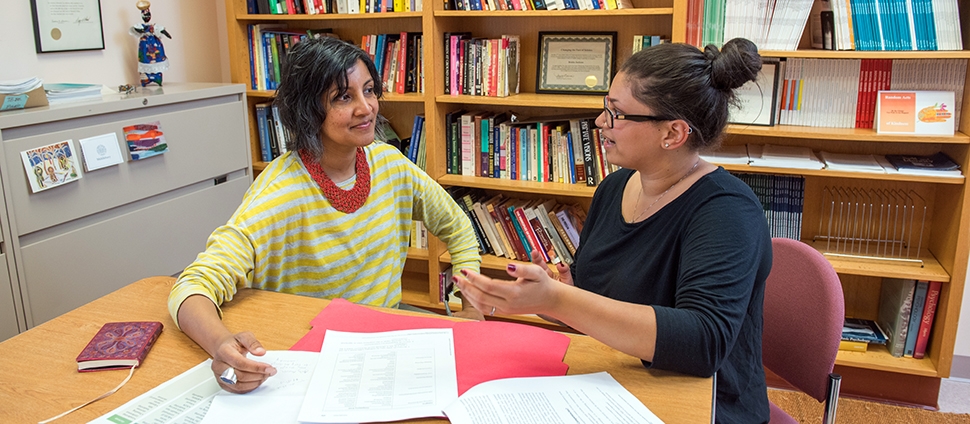Document Type
Article
Publication Date
8-1-2001
Publication Title
Cognition
Abstract
Previous studies found that it is easier for observers to spatially update displays during imagined self-rotation versus array rotation. The present study examined whether either the physics of gravity or the geometric relationship between the viewer and array guided this self-rotation advantage. Experiments 1-3 preserved a real or imagined orthogonal relationship between the viewer and the array, requiring a rotation in the observer's transverse plane. Despite imagined self-rotations that defied gravity, a viewer advantage remained. Without this orthogonal relationship (Experiment 4), the viewer advantage was lost. We suggest that efficient transformation of the egocentric reference frame relies on the representation of body-environment relations that allow rotation around the observer's principal axis. This efficiency persists across different and conflicting physical and imagined postures. Copyright © 2001 Elsevier Science B.V.
Keywords
Geometry, Gravity, Imagined self-rotations, Spatial updating
Volume
81
Issue
1
First Page
41
Last Page
64
DOI
10.1016/S0010-0277(01)00118-4
ISSN
00100277
Recommended Citation
Creem, Sarah H.; Wraga, Maryjane; and Proffitt, Dennis R., "Imagining Physically Impossible Self-Rotations: Geometry is More Important than Gravity" (2001). Psychology: Faculty Publications, Smith College, Northampton, MA.
https://scholarworks.smith.edu/psy_facpubs/129



Comments
Archived as published.